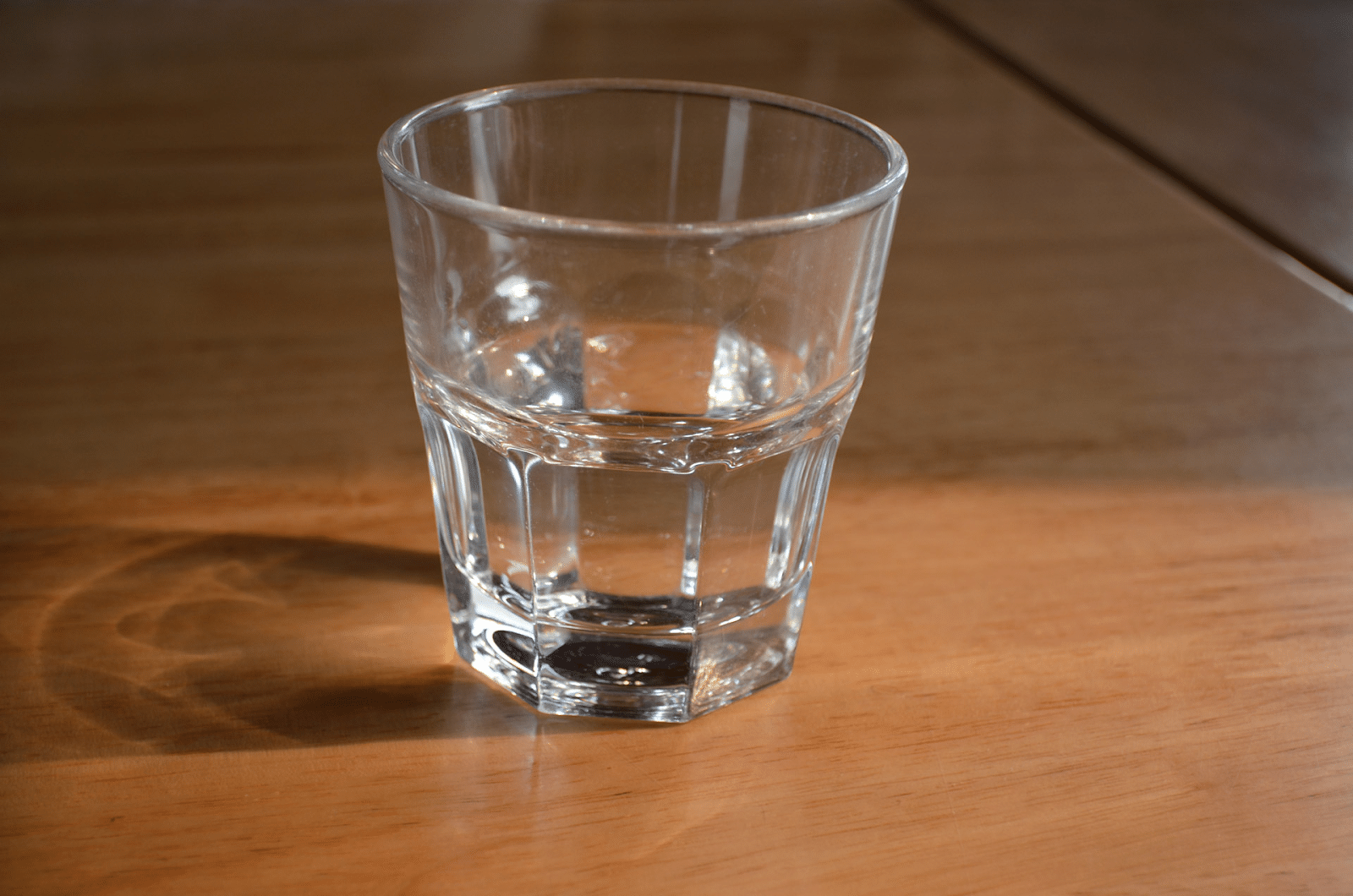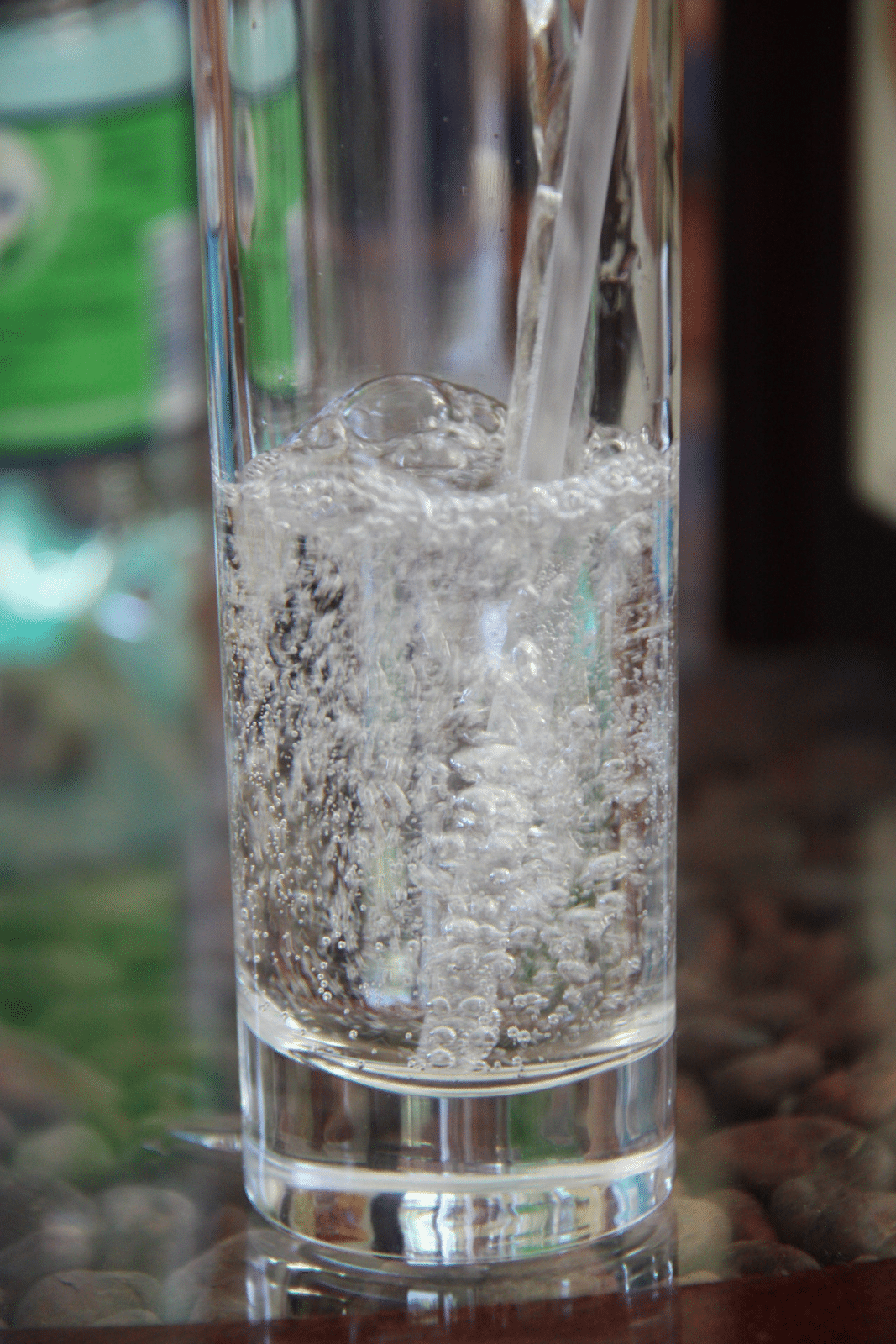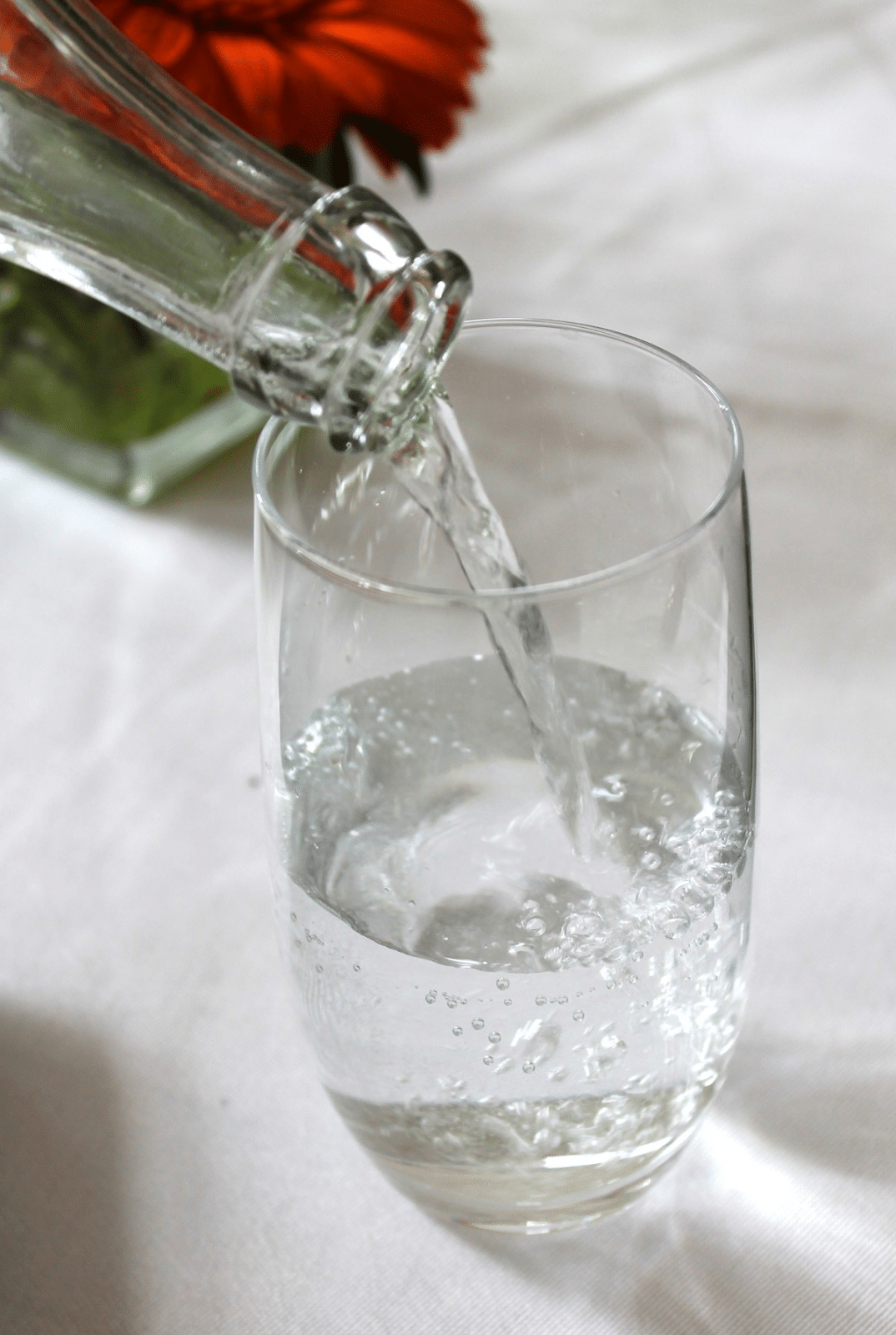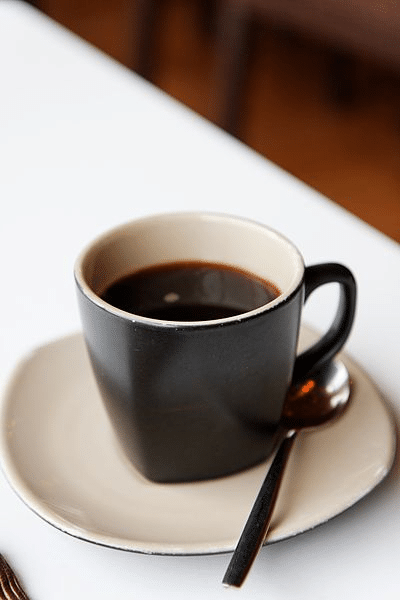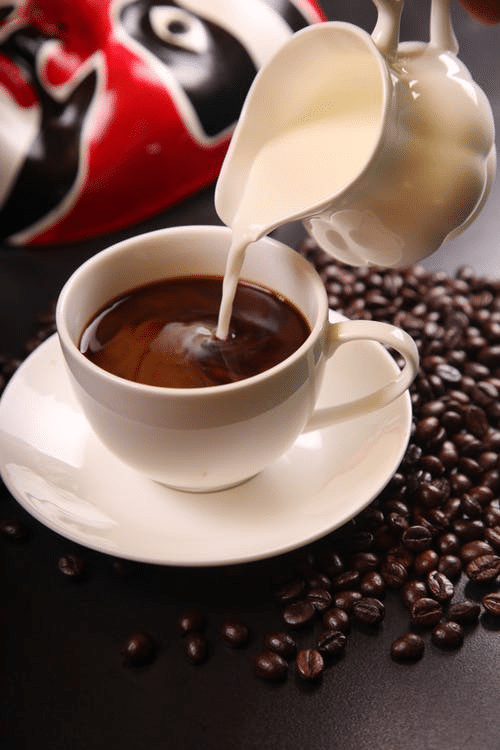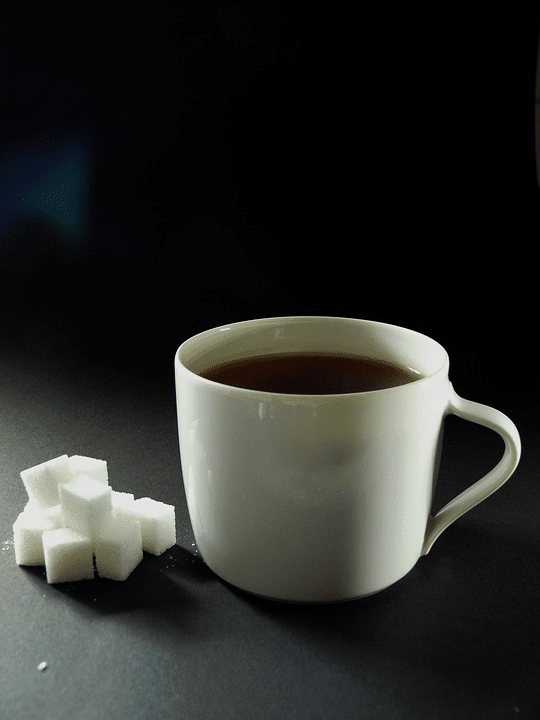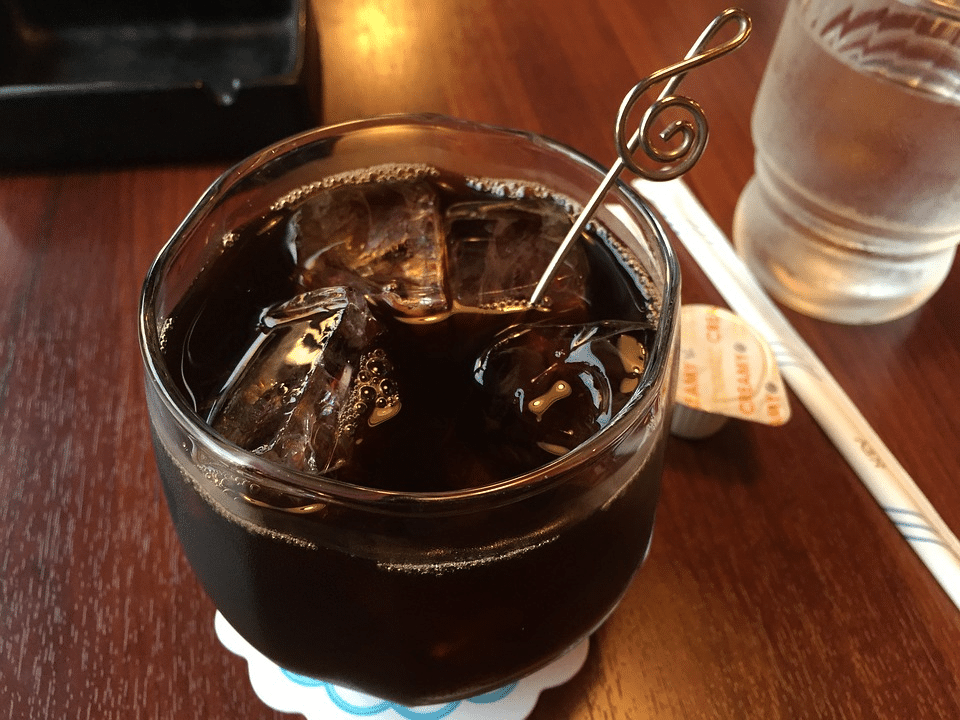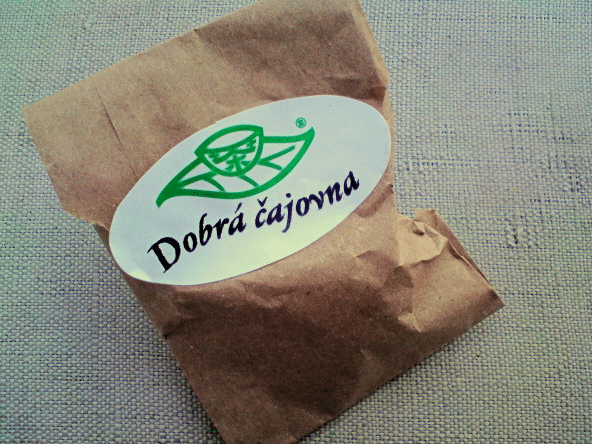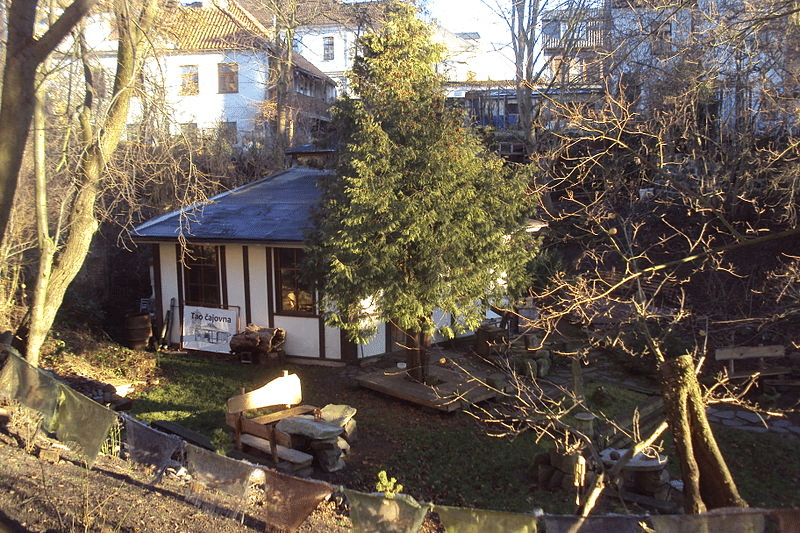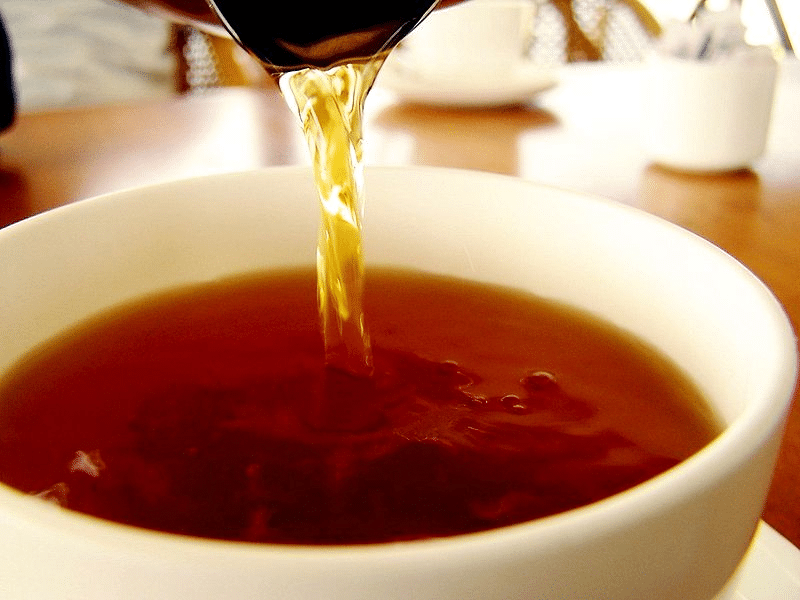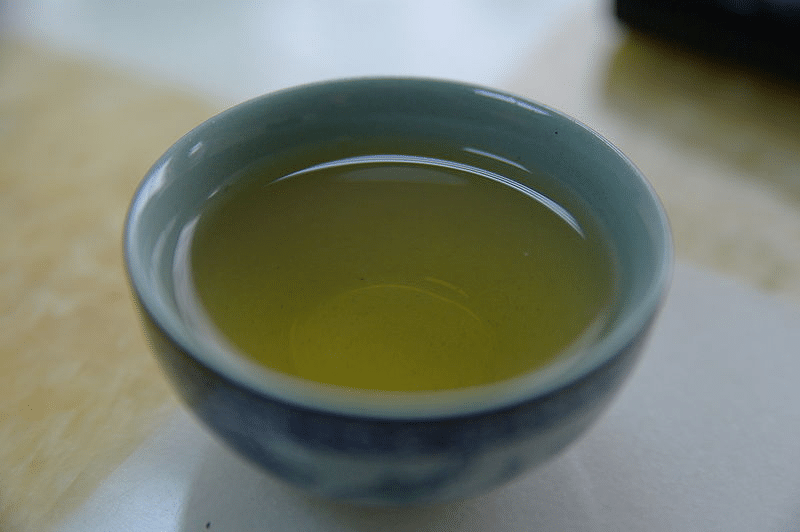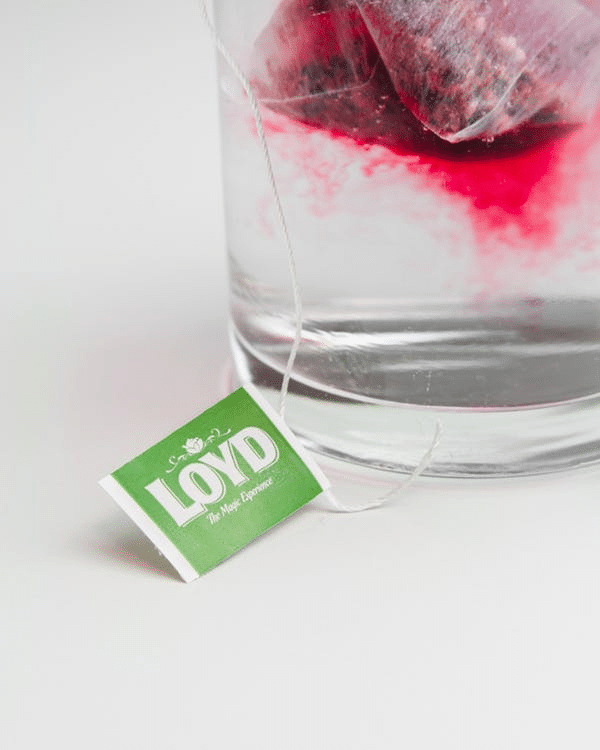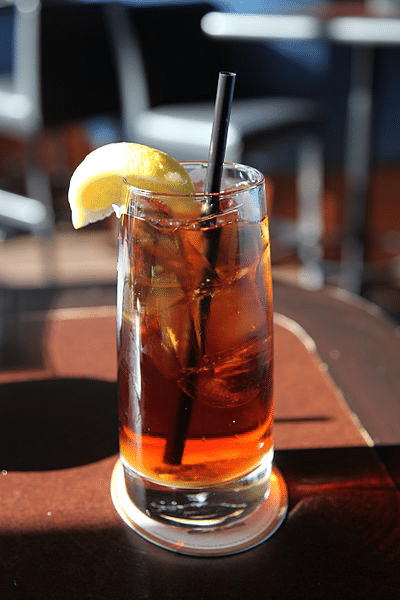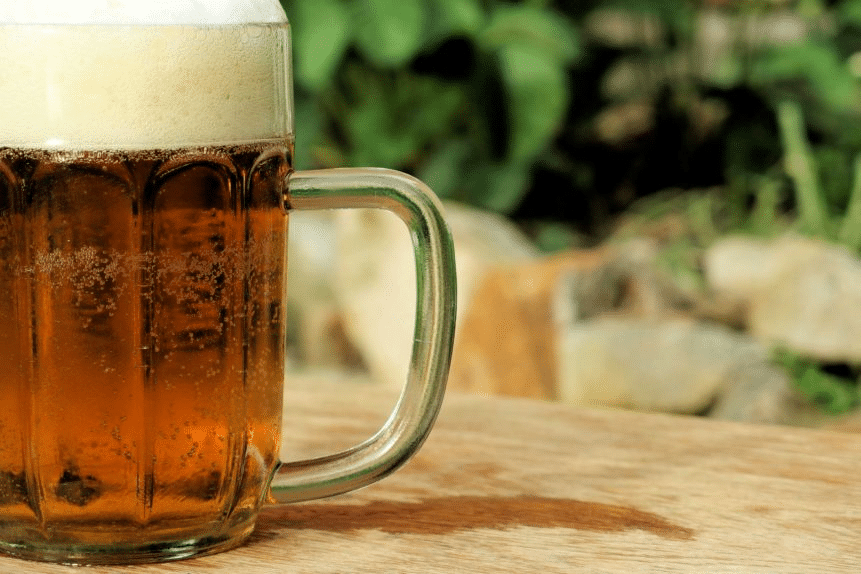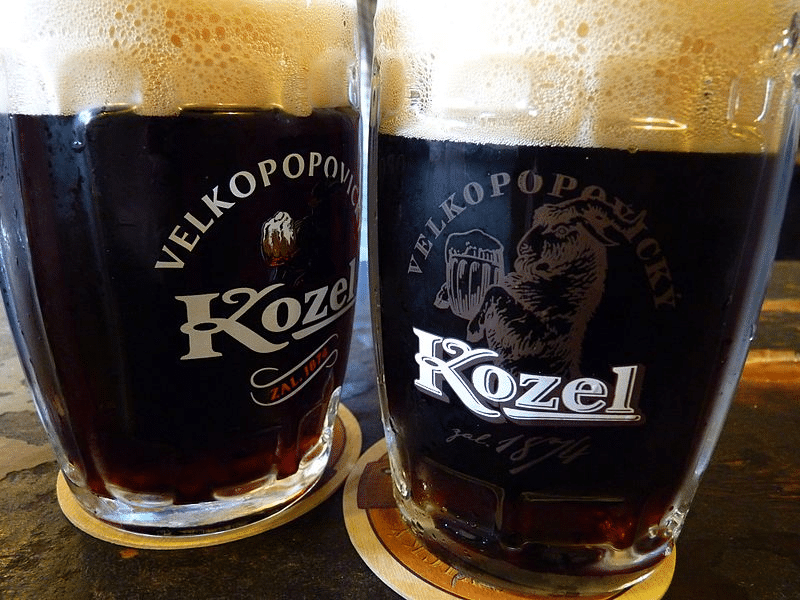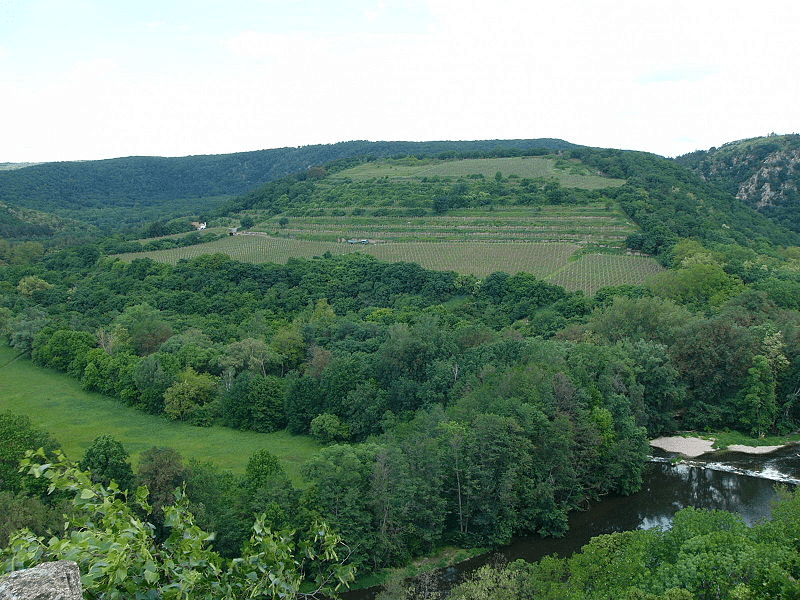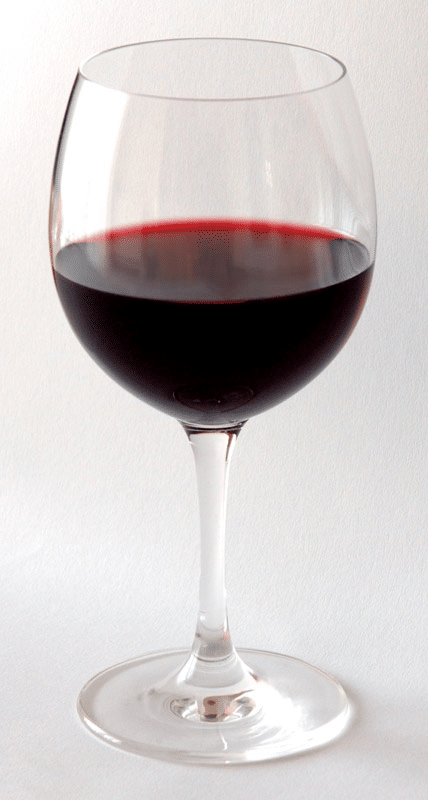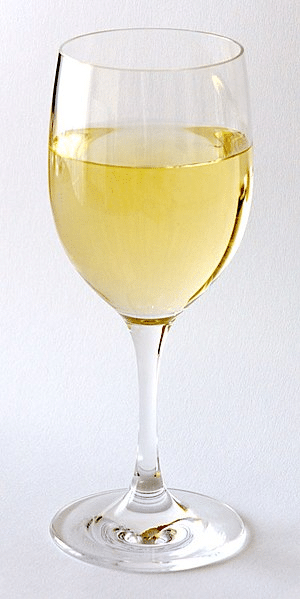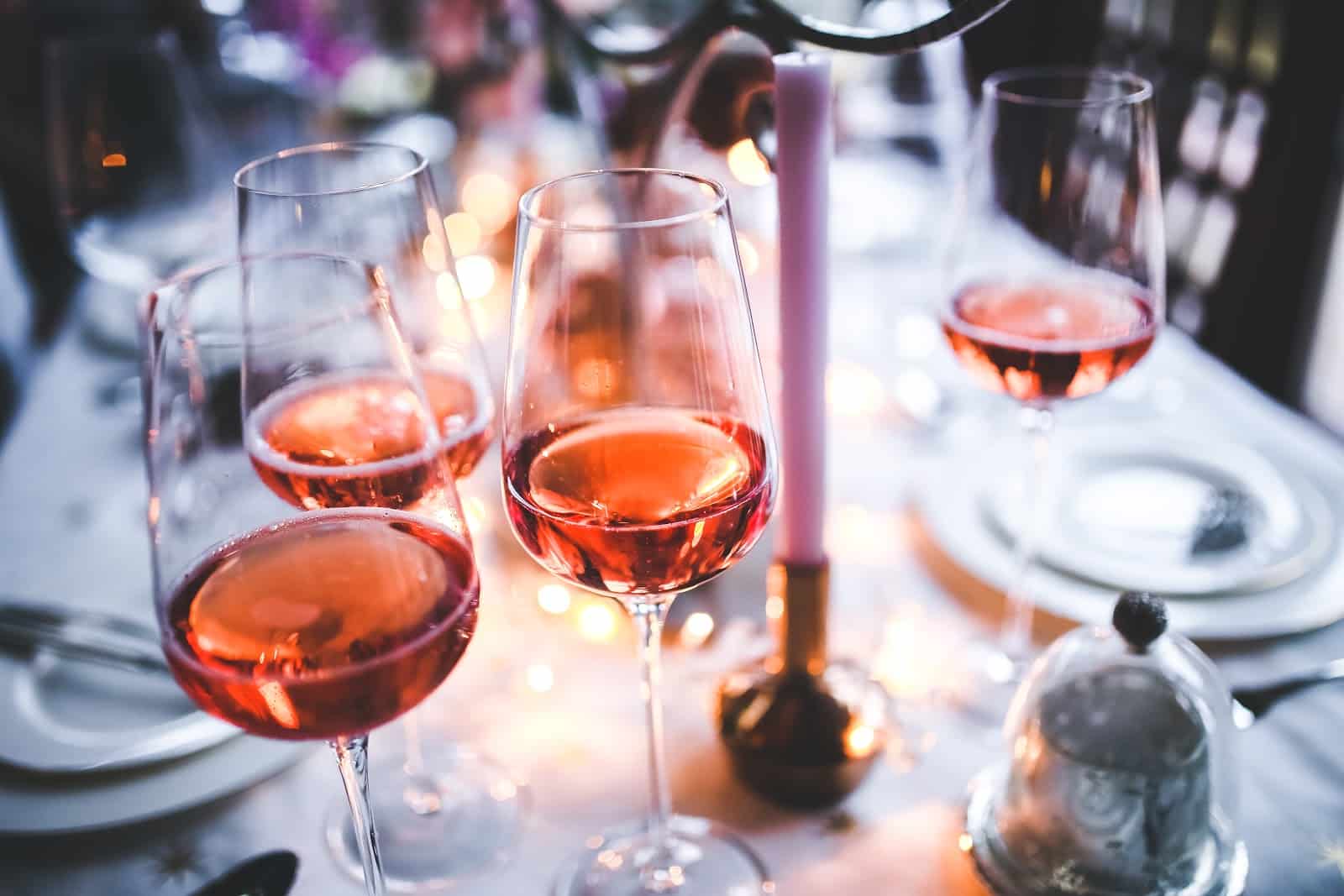3.4 – Pití
voda
|
voda – a few things worth noting about water in the Czech Republic:
|
perlivá voda – is the generic term for carbonated water.
In many places, the cheapest option is just to get a generic sodovka |
minerálka (short for minerální voda) – typically refers to nicer bottles of water and can be either perlivá or neperlivá. This is especially what you’ll order in restaurants. |
káva
|
Coffee is widely drunk in the Czech Republic. Prague is renowned for its famous cafes. On the right you can find probably the most famous cafe (kavárna) – Kavárna Slavia. Watch a video about the kavárna here. Or visit the cafe’s homepage.
The word kafe is frequently used as a colloquial word for coffee. It is neuter, so in the description of drinks below, you will find that |
|
|
|
|
|
|
|
černá káva (černé kafe) – just like in English, coffee without any additions is described as black.
In Czech it can often be described as káva bez mléka a cukru (colloquially kafe bez mlíka a cukru)– ‘coffee without milk and sugar’
|
káva s mlékem (kafe s mlíkem) ‘coffee with milk’ |
káva s cukrem (colloquially kafe s cukrem) ‘coffee with sugar’
Lots of people like sugar in their coffee, otherwise it is hořká – bitter. |
ledová káva (colloquially ledové kafe) ‘iced coffee’ |
čaj
|
We know the word chai in English as an overpriced sweet spiced tea concoction sold by various coffee chains, but this is just the word for tea in Czech. Tea is also widely drunk by Czechs. If you are in the Czech Republic and love tea, consider stopping by a Čajovna, which is a tea house often stylized in an Eastern fashion. You can often experience different teas from all over the world at these locations.
|
|
These are how you say some of the various types of tea:
|
|
|
|
|
černý čaj – black tea |
zelený čaj – green tea |
bylinkový čaj – herbal tea |
|
|
|
|
|
mátový čaj – mint tea |
ovocný čaj – fruit tea |
ledový čaj – iced tea
Iced tea is not frequently consumed in the Czech Republic (iced beverages in general are not common). However, you will find it in cans from brands such as Nestea. |
pivo
Related to the verb pít, pivo is literally the ‘thing that you drink’. Czechs drink more beer per capita than any other country in the world (see chart).
Beer is ordered as either a velké pivo (.5 liter – půllitr) or malé pivo (.3 liter).
|
|
|
|
světlé pivo – pale lagers (lager – ležák) are the most common type beer drunk in the Czech Republic and is found almost everywhere. |
tmavé pivo (also černé pivo – these are also common and slightly sweeter than dark beers elsewhere.) |
When it comes to Czech beers, they are usually differentiated on menus as 10° – desítka or 12° dvanáctka (11° – jedenáctka is not uncommon either). Beers are frequently ordered using this number – dám si desítku. These refer to degrees of specific gravity, which has to do with how much sugar was in the malt they used to brew the beer. A higher number means more sugar, which generally results in fuller taste and slightly more alcohol. Both are good, but you may find yourself liking one more than the other.
víno
|
|
|
|
Wine is produced heavily in certain regions of the Czech Republic, especially southern Moravia. The image on the left above is from vineyards located within the national park Sobeš. The image on the right shows precisely where grapes are cultivated and wine production is heaviest in the Czech Republic. |
|
|
|
|
|
|
červené víno – red wine |
bílé víno – white wine |
růžové víno – rosé wine |
Images used in this document come from these sources.
